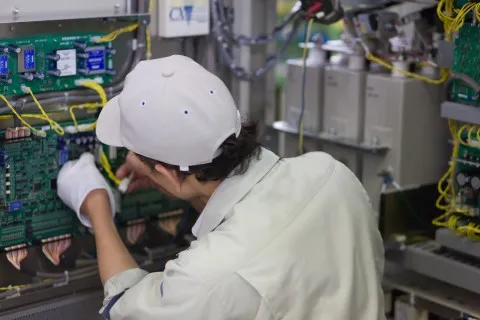
Blossoming opportunities await China's waste and water sector
Thanks to government support.
On-the-ground research conducted by CCB International in relation to China’s waste and water sector suggests government encouragement of the PPP project model and third-party solutions in environmental services will lead to more projects being released into the hands of WWT/WTE operators.
According to a research report from CCB International, while established municipal WWT players could continue to fuel growth via consolidation, new earnings drivers such as WWT discharge standard upgrades and sludge treatment are germinating.
Thanks to further water business expansion through HanKore, industry leaders like China Everbright Int’l are well-prepared on both the waste and water fronts.
CCB International noted that it reiterates its Outperform rating on the sector.
Here’s more from CCB International:
We see private capital taking a bigger role in environmental services.
China supports the roll-out of the PPP project model and third-party remedies that should result in the transfer of environmental projects from the hands of the government and manufacturers into the hands of service operators.
New government policies are designed to induce local governments and manufacturers to buy turnkey solutions. This would directly benefit WWT/WTE operators.
Our plant visits revealed that most of the more established WWT plants are discharging at 1B standard or below, leaving ample room for technological upgrades to bring these plants to the higher 1A standard.
For WWT operators, this would entail extra construction revenue and higher tipping fees. On the sludge front, the utilization rate is still low at 3% compared with 89%, the municipal WWT rate.
The segment could begin generating profit if properly subsidized. As the municipal WWT rate is already high, we believe the center of gravity for WWT operators will gradually shift from municipal markets to industrial and rural markets.
By 2013, the rural WWT rate was a low 9% and only 5% of industrial WWT was operated by private independent operators. Such under-development should induce more investment.
Risk management and technological requirements are higher for industrial and rural contracts, yet they generate higher levered IRR of 11-20% and 10-13%, respectively (versus 8-12% for municipal WWT).



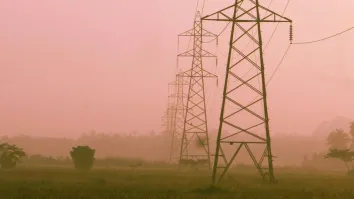
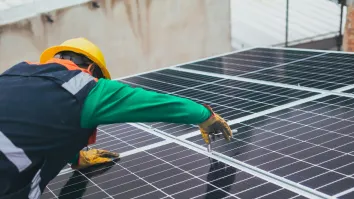





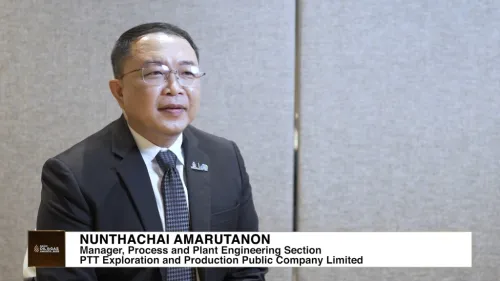


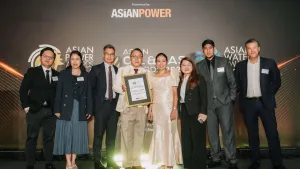





 Advertise
Advertise







